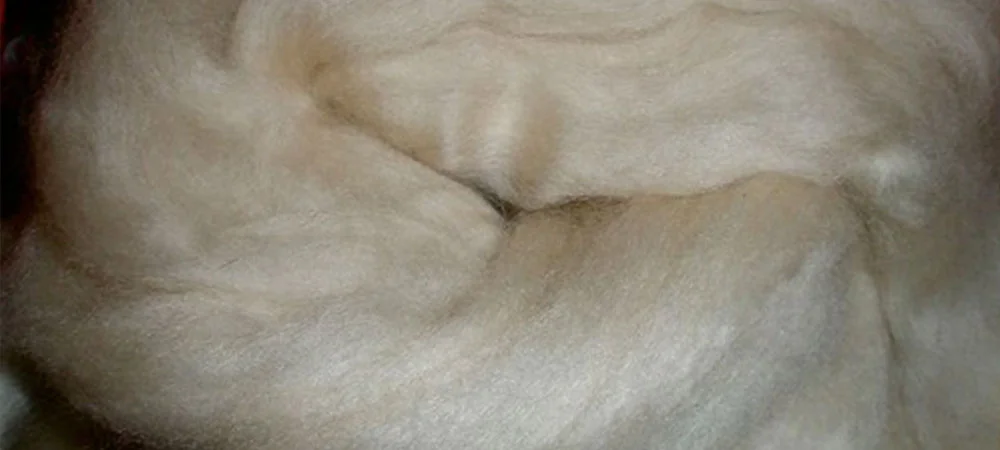What Material Is Cashmere? Understanding Its Special Characteristics and Uses
What Material Is Cashmere? Understanding Its Special Characteristics and Uses
Blog Article
Recognizing the Various Sorts Of Cashmere a Natural Fiber and Their Distinct Benefits

The Beginnings of Cashmere: A Historical Introduction
While the elegant touch of cashmere remains to appeal modern-day customers, its beginnings trace back to the rough, cold environments of Mongolia and the Himalayas. For centuries, the aboriginal individuals of these areas have actually been raising Capra Hircus goats, the prime source of cashmere wool. These goats, resistant against the extreme wintertimes, grew a great undercoat to make it through, which later on became called cashmere. The name itself admires Kashmir, a region in India where the wool was at first refined. Much of the very early cashmere trade route was helped with by the Silk Road, connecting Asia with the Middle East and Europe. Despite its international spread, the finest cashmere is still believed to stem from the initial areas of Mongolia and the Mountain Ranges.

The Production Process: From Goat to Garment
Shearing a Capra Hircus goat notes the beginning of the elaborate cashmere production process. This delicate procedure normally occurs as soon as a year during spring. The penalty, soft undercoat is after that divided from the coarser external hair, a process recognized as dehairing. The resultant raw cashmere is then cleaned to remove impurities such as vegetable, dust, and grease matter.
The tidy fiber undergoes coloring, spinning, and weaving, or knitting, to transform it right into a fabric. Complex treatments such as quality control checks and ending up procedures adhere to, making sure the end item preserves the luxurious criterion expected of cashmere. This meticulous procedure, from goat to garment, warrants the high cost connected to cashmere items, making them a symbol of high-end and improvement.
The Different Types of Cashmere: An Extensive Evaluation

The Distinct Benefits of Cashmere: Convenience and Sustainability
Relocating from the variety of cashmere kinds to the advantages they use, comfort and sustainability attract attention plainly. Cashmere, an all-natural fiber, is renowned for its unrivaled softness, giving a level of convenience that artificial fibers can not match. The material's agility, yet excellent warmth retention, makes it suitable for all seasons. Additionally, cashmere's natural flexibility enables it to go back to its original shape, making it resistant to diminishing site here or stretching.
When it pertains to sustainability, cashmere is renewable and naturally degradable, as it's harvested from cashmere goats that regrow their coats every year. what is cashmere. Unlike artificial fibers which can take centuries to break down, useful link cashmere's effect on the atmosphere is marginal. This combination of convenience and sustainability makes cashmere a valuable choice for mindful customers

Caring for Your Cashmere: Upkeep and Preservation Tips
While cashmere is undoubtedly a luxurious and sustainable choice, it calls for particular care to maintain its quality and prolong its lifespan. To start, cashmere need to be hand cleaned utilizing chilly water and a light detergent. Cashmere items must be saved in a dry and cool location, away from straight sunlight and wetness.
Investing in Cashmere: Understanding Its Value and Well Worth
Although cashmere may at first look like a costly financial investment, its lasting value and worth come to be noticeable when you consider its exceptional high qualities. Known for its unmatched gentleness and heat, cashmere is a premium natural fiber that exceeds other materials. Its high need and limited supply add to its high price, however its toughness guarantees it lasts for many years, providing excellent worth for money. Cashmere items are timeless, frequently ending up being heirlooms passed down with generations. what is cashmere. Moreover, its all-natural protecting homes give warmth without the mass of artificial fibers. Purchasing cashmere, as check my reference a result, is not nearly existing style trends, however concerning embracing a lasting, lasting, and elegant way of living.
Final Thought
In summary, the kind of cashmere one picks, be it Mongolian, Chinese, or Italian, is dictated by specific choices for warmth, high-end, budget plan, and sustainability. The value of cashmere prolongs past its price, with convenience and long life contributing to its well worth. Appropriate treatment and maintenance can guarantee its conservation. Consequently, understanding the origins, manufacturing process, and special advantages of various kinds of cashmere can guide consumers in their investment in this glamorous all-natural fiber.
Whether it's the outstanding warmth of Mongolian cashmere, the affordability of Chinese cashmere, or the eco-conscious production of Italian cashmere, there's a story to be discovered behind each fiber kind. Cashmere, an all-natural fiber, is renowned for its unmatched soft qualities, supplying a level of comfort that synthetic fibers can not match.When it comes to sustainability, cashmere is eco-friendly and eco-friendly, as it's collected from cashmere goats that regrow their layers each year. Understood for its exceptional softness and heat, cashmere is a premium all-natural fiber that outmatches various other materials. Recognizing the origins, manufacturing process, and unique advantages of different kinds of cashmere can assist consumers in their financial investment in this extravagant all-natural fiber.
Report this page